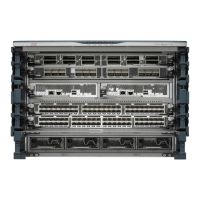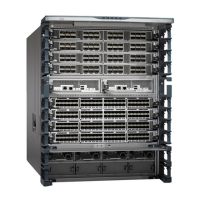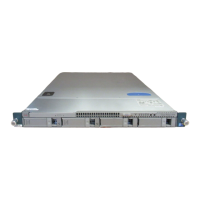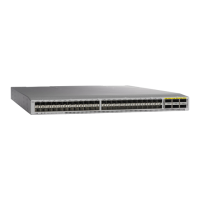Send document comments to nexus7k-docfeedback@cisco.com.
14-2
Cisco Nexus 7000 Series NX-OS Unicast Routing Configuration Guide, Release 4.x
OL-20002-02
Chapter 14 Configuring Layer 3 Virtualization
Layer 3 Virtualization
Cisco NX-OS further virtualizes each VDC to support virtual routing and forwarding instances (VRFs). You
can configure multiple VRFs in a VDC. Each VRF contains a separate address space with unicast and
multicast route tables for IPv4 and IPv6 and makes routing decisions independent of any other VRF.
Figure 14-1 shows multiple independent VRFs in two different VDCs.
Figure 14-1 Multiple VRFs in VDCs
A VRF name is local to a VDC, so you can configure two VRFs with the same name if the VRFs exist
in different VDCs. In Figure 14-1, VRF A in VDC 2 is independent of VRF B and VRF A in VDC n.
Each router has a management VRF and a default VRF:
Management VRF
• The management VRF is for management purposes only.
• Only the mgmt 0 interface can be in the management VRF.
• The mgmt 0 interface cannot be assigned to another VRF.
• The mgmt 0 interface is shared among multiple VDCs.
• No routing protocols can run in the management VRF (static only).
Default VRF
• All Layer 3 interfaces exist in the default VRF until they are assigned to another VRF.
• Routing protocols run in the default VRF context unless another VRF context is specified.
• The default VRF uses the default routing context for all show commands.
• The default VRF is similar to the global routing table concept in Cisco IOS.
Physical Router
VDC 2 VDC n
routing protocol x
routing protocol y
routing protocol
VRF A
VRF A VRF B
VRF B
RIBs RIBs
Protocol stack
Protocol stack
FIBs
Infrastructures
kernel
186415
VRF A VRF B VRF A VRF B
VDC 2
VRF A
VRF B
VDC n
VRF A
VRF B
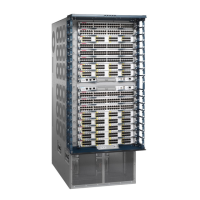
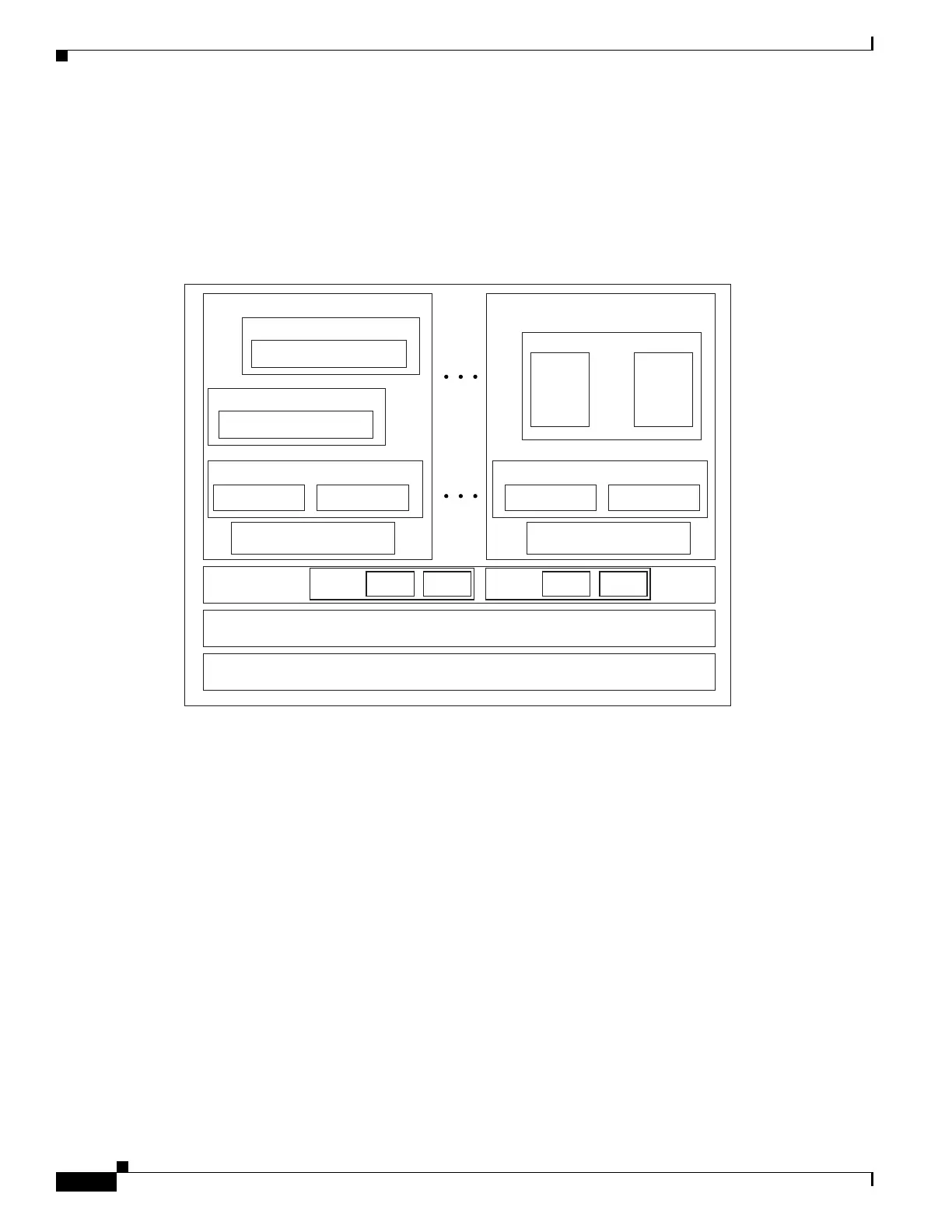